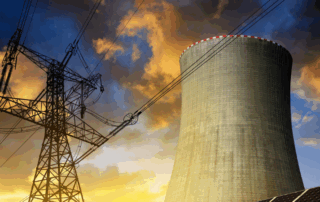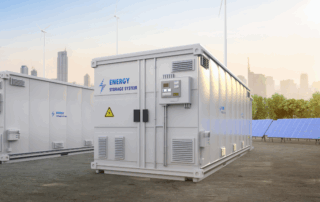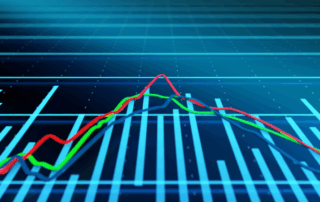Texas Senate Bill 6 (SB6): Impact on Energy Sector
Texas Senate Bill 6 (SB6) marks a significant overhaul of ERCOT’s rules, introducing new oversight for large load interconnections, backup power requirements, and behind-the-meter systems. For energy customers, understanding these changes is critical to managing costs in Texas’s evolving energy landscape.
Stranded Costs: Understanding Their Impact on Energy Deregulation
Stranded costs are a hidden but significant factor in the shift from regulated to deregulated energy markets, impacting both utilities and end users. For businesses and brokers, understanding how these unrecovered investments are charged to ratepayers is essential to making informed procurement and budgeting decisions in competitive markets.
Advanced Energy Storage Technologies: Powering The Future Of The Grid
Advanced energy storage technologies are reshaping the way businesses and grid operators manage electricity, offering new tools to store, dispatch, and optimize clean energy. As grid demand rises and renewable generation expands, these systems are becoming essential for improving reliability, cutting costs, and supporting the transition to a more resilient energy future.
Solar PPAs vs. Renewable Energy Supply: Which Is Better For Businesses Looking To Go Green?
Businesses exploring clean energy have two main options: solar power purchase agreements (PPAs) or renewable energy supply contracts. Each has unique costs, benefits, and sustainability impacts. Understanding how these strategies differ is essential for choosing the path that best aligns with your organization’s energy, financial, and renewable goals.
Behind-the-Meter (BTM) Energy Resources & Customer-Side Energy Control
As energy costs rise and grid reliability concerns grow, behind-the-meter (BTM) energy resources are becoming an attractive solution for many businesses. Technologies like solar, storage, and combined heat and power (CHP) allow companies to generate, manage, and control their own energy. In this article, we’ll dive into the different types of BTM assets, their benefits, and key considerations for businesses exploring on-site energy solutions.
Load Duration Curve: Managing Energy Demand Over Time
As the energy grid grows more complex with the rise of renewables and data center demand, managing electricity consumption has never been more critical. The Load Duration Curve (LDC) offers a powerful tool for visualizing and forecasting energy demand across different load types. In this article, we’ll break down how LDCs help utilities, businesses, and system operators make smarter, data-driven energy decisions.





